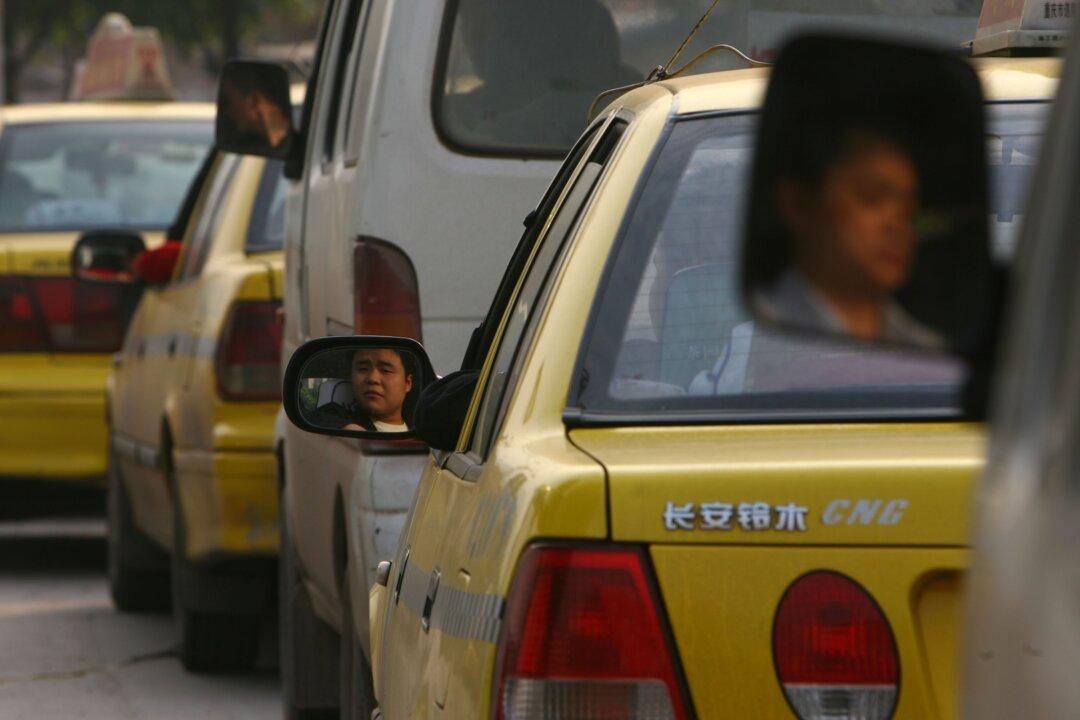China’s natural gas shortage, which previously left many residents in northeastern China shivering in the cold, has now affected public transportation in the region.
In an effort to reduce air pollution, the Chinese regime has enacted an energy policy to cut the amount of coal used for generating electricity by 60 percent by the year 2020, replacing it with natural gas. But with increased demand and inadequate development of infrastructure, many northern cities have experienced shortages during this winter season.





